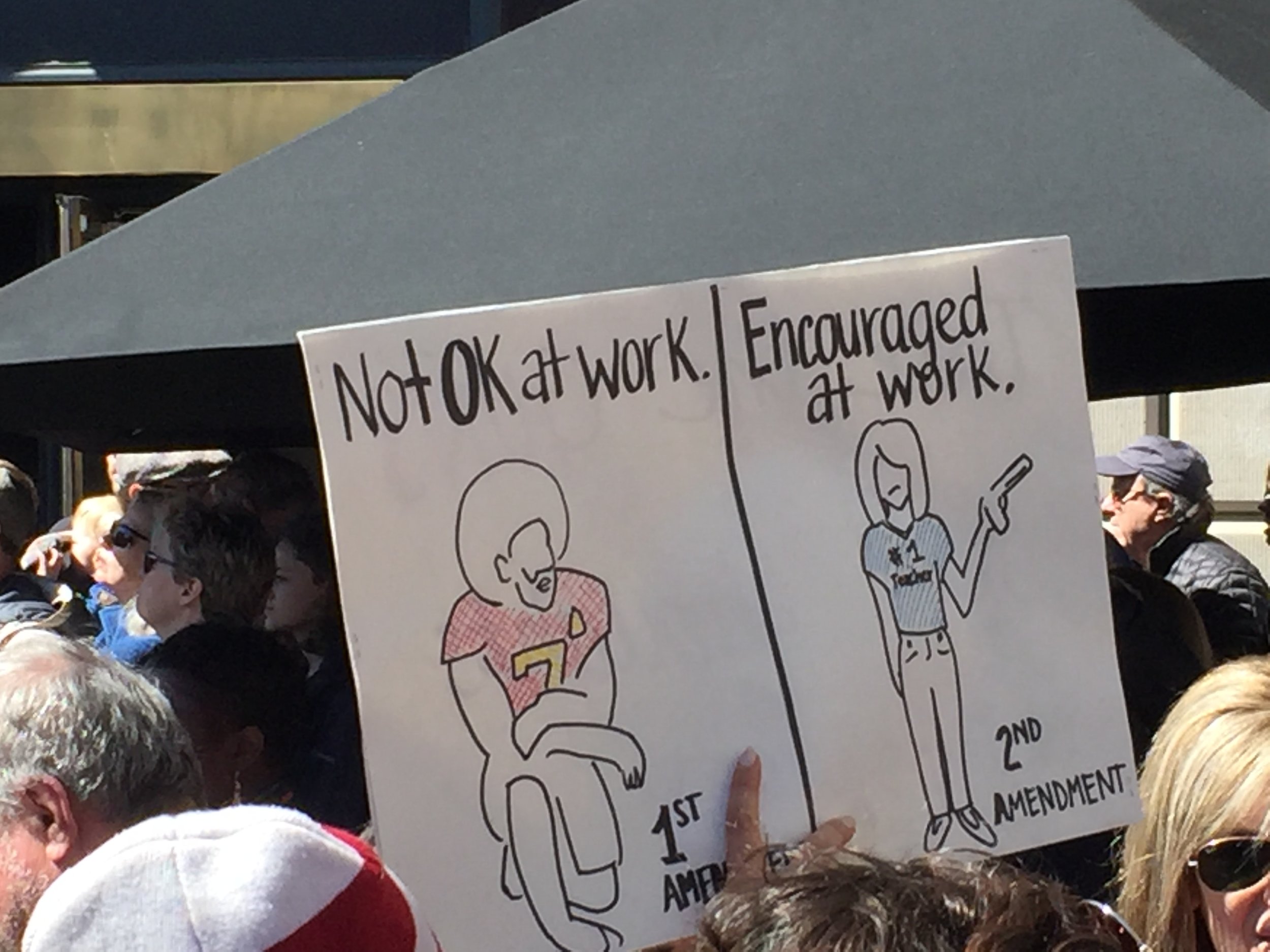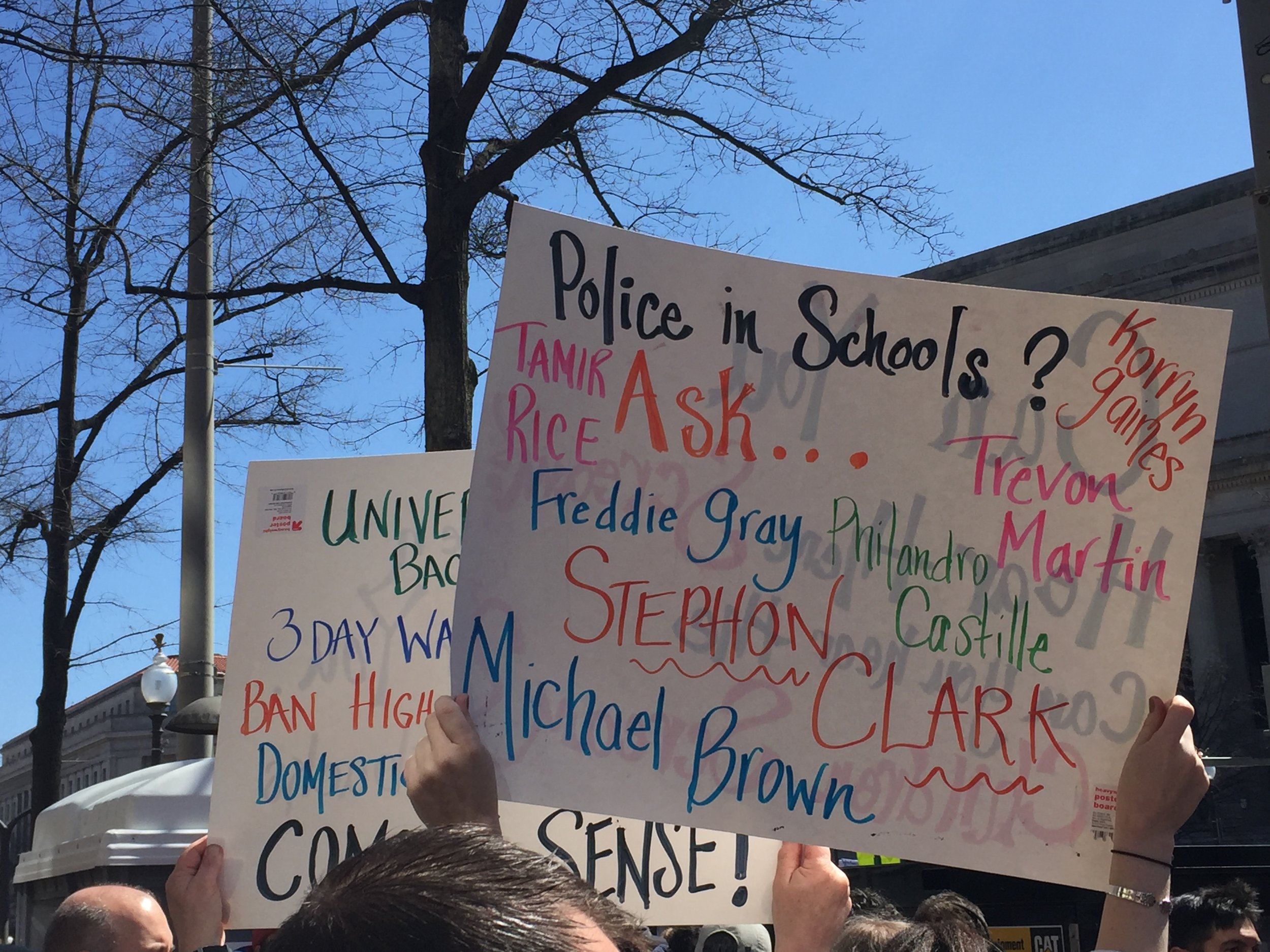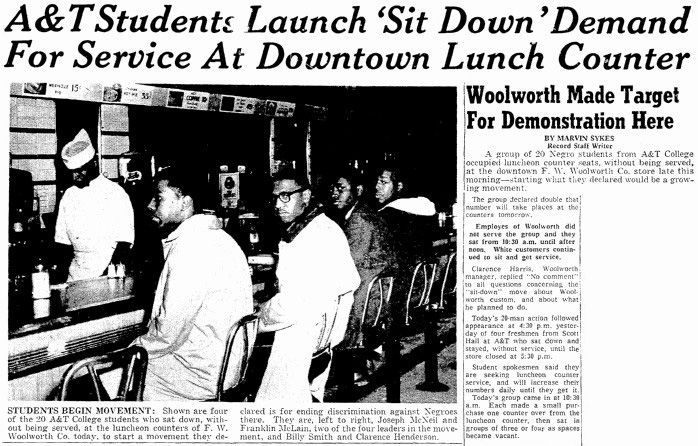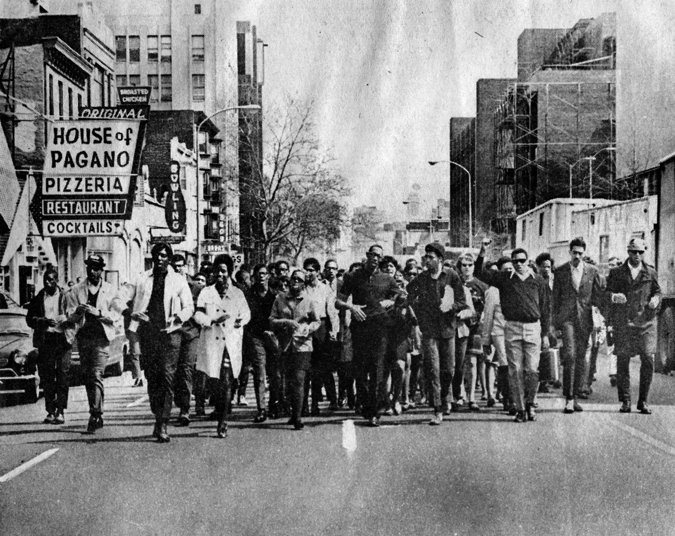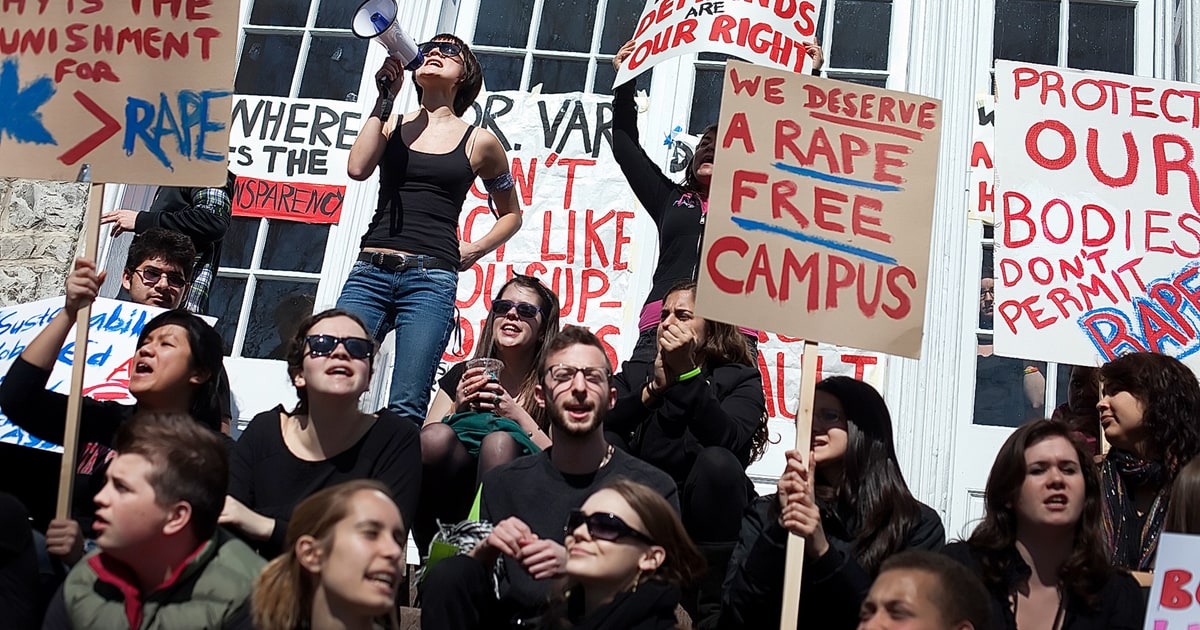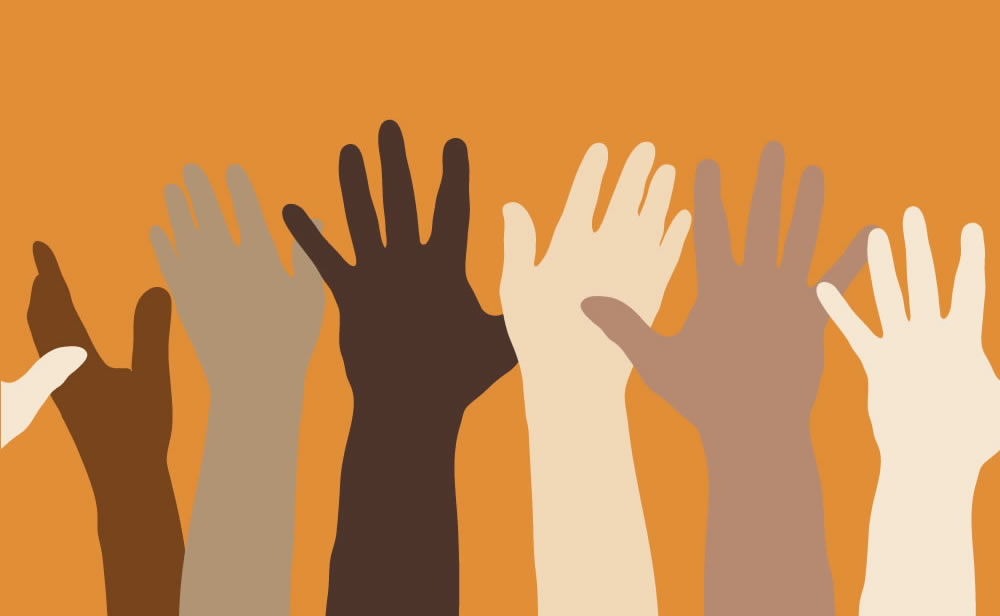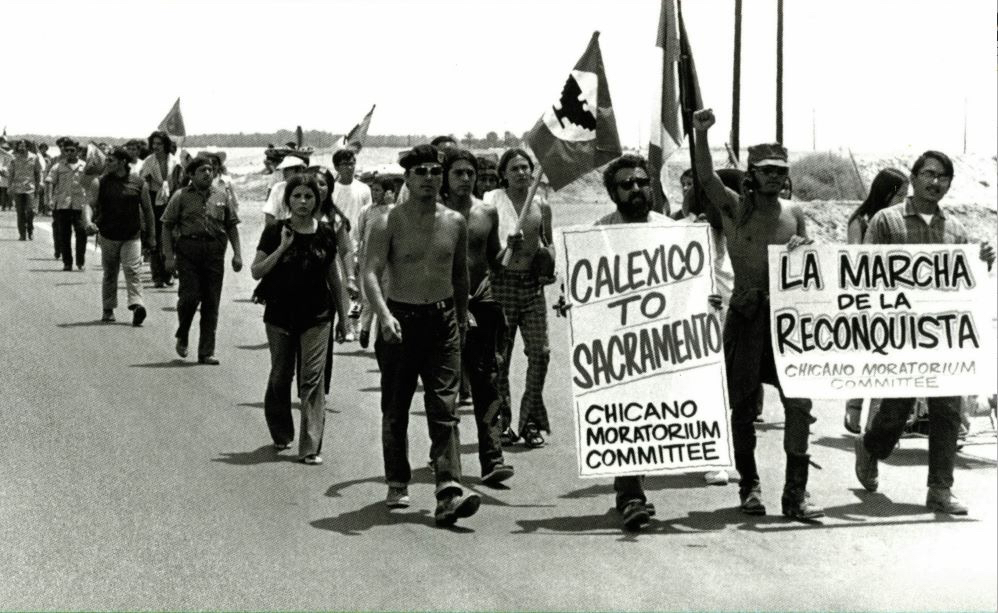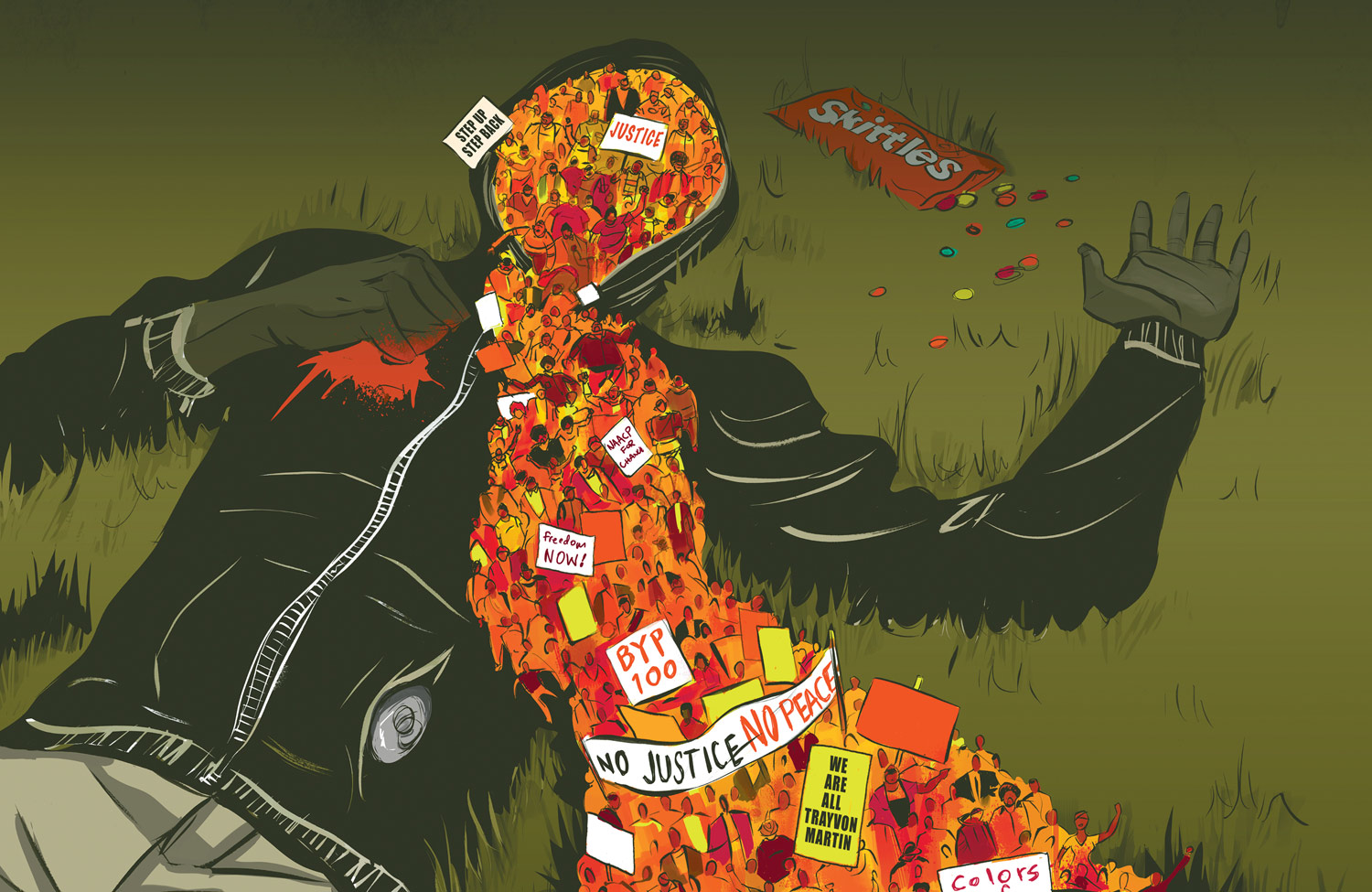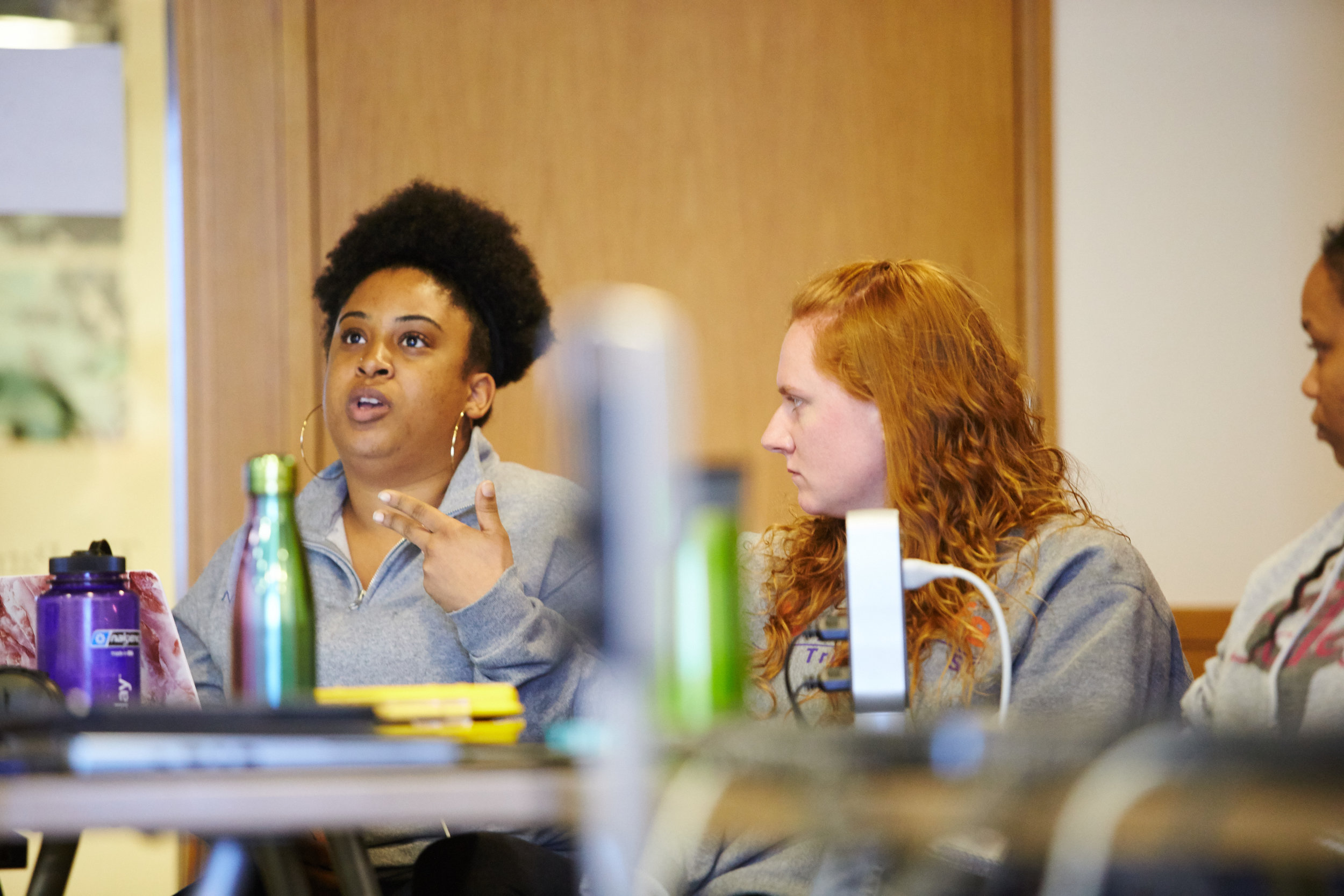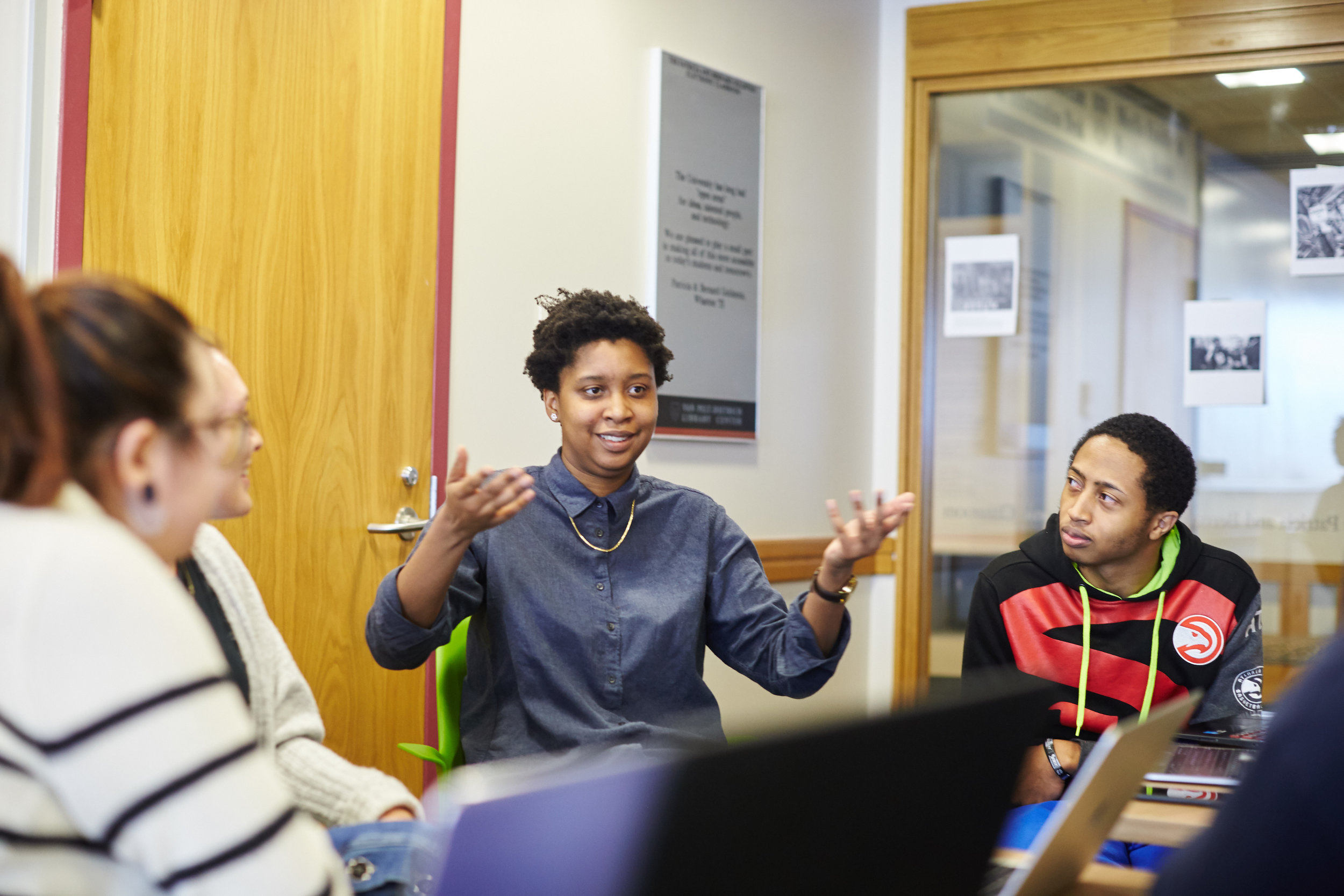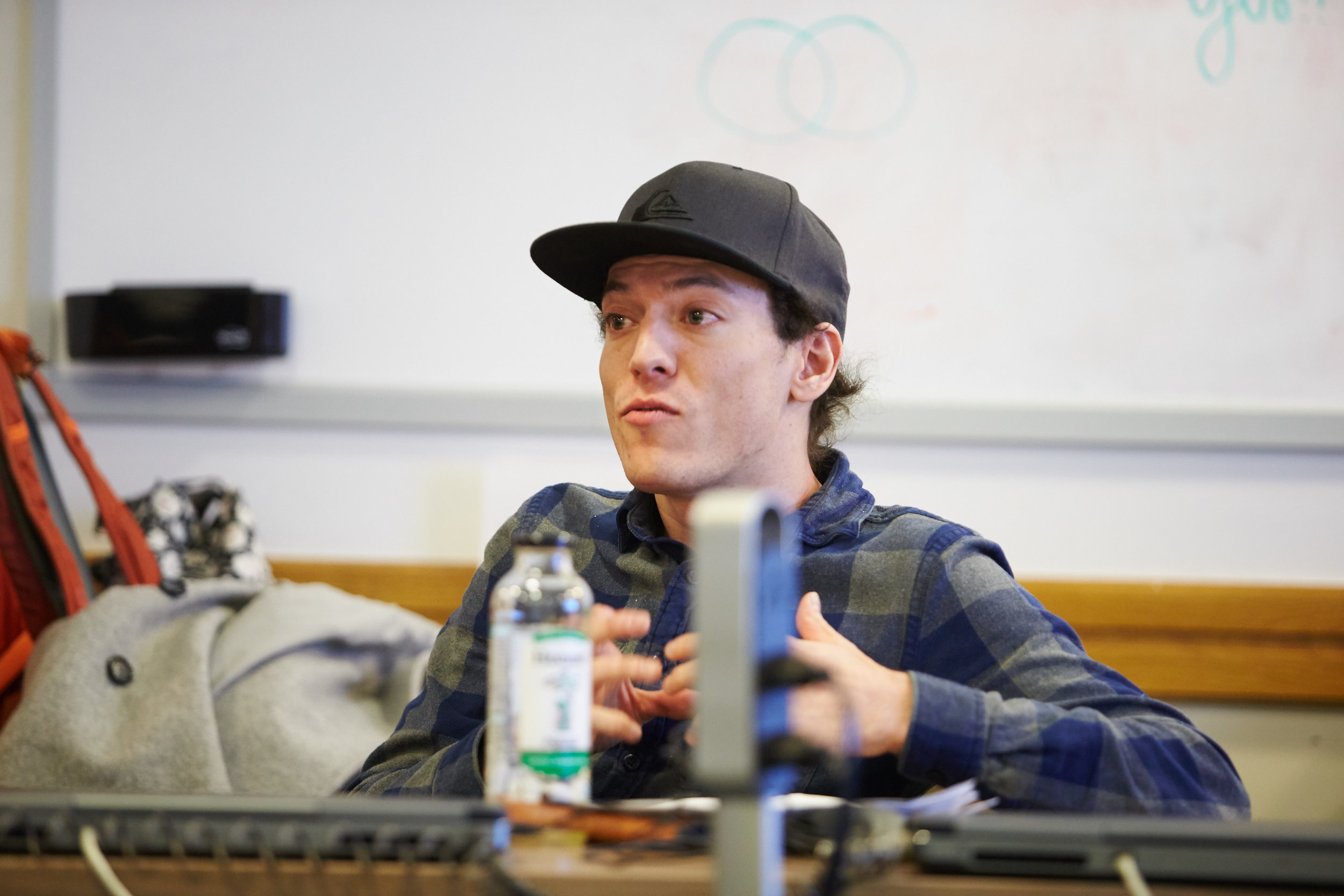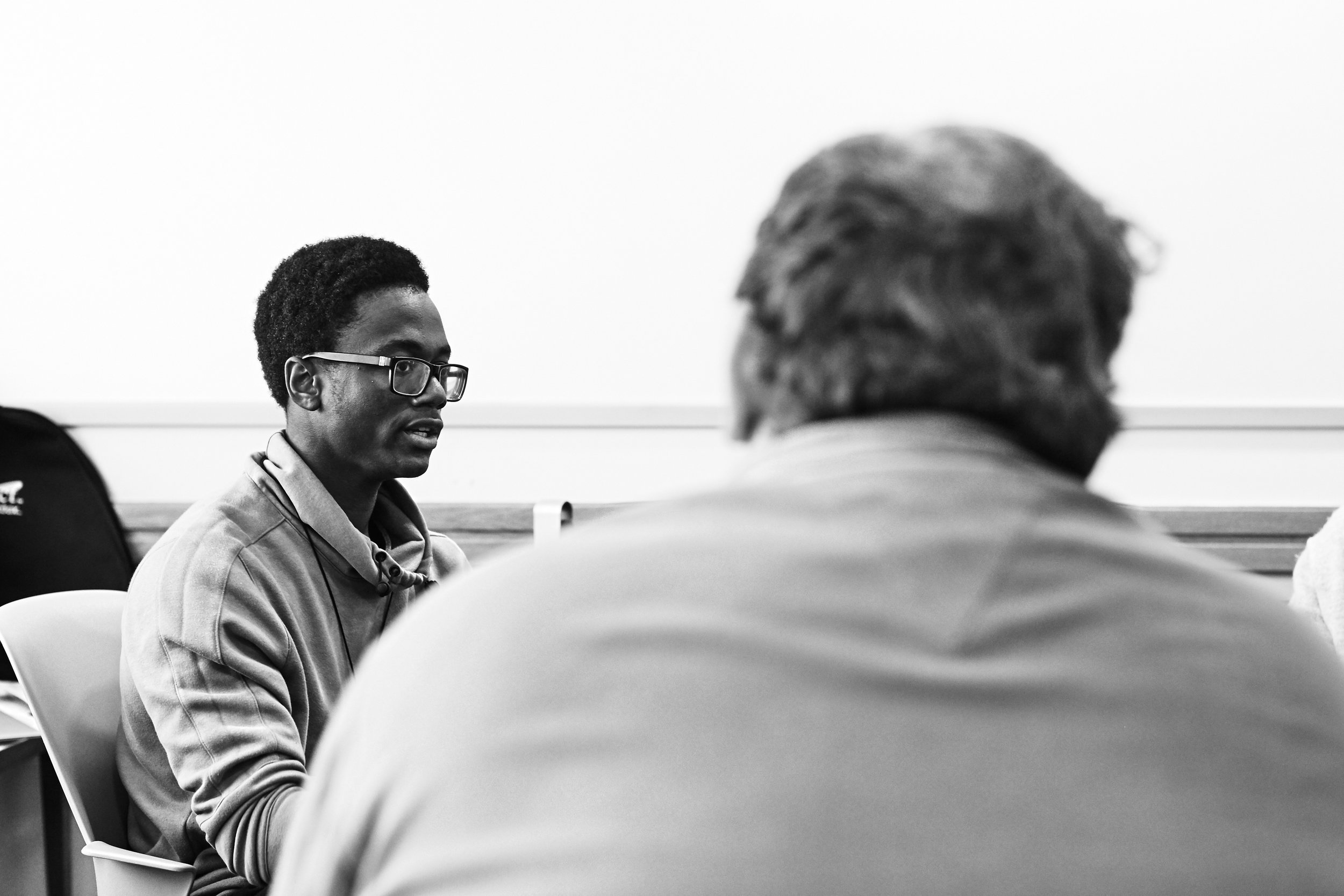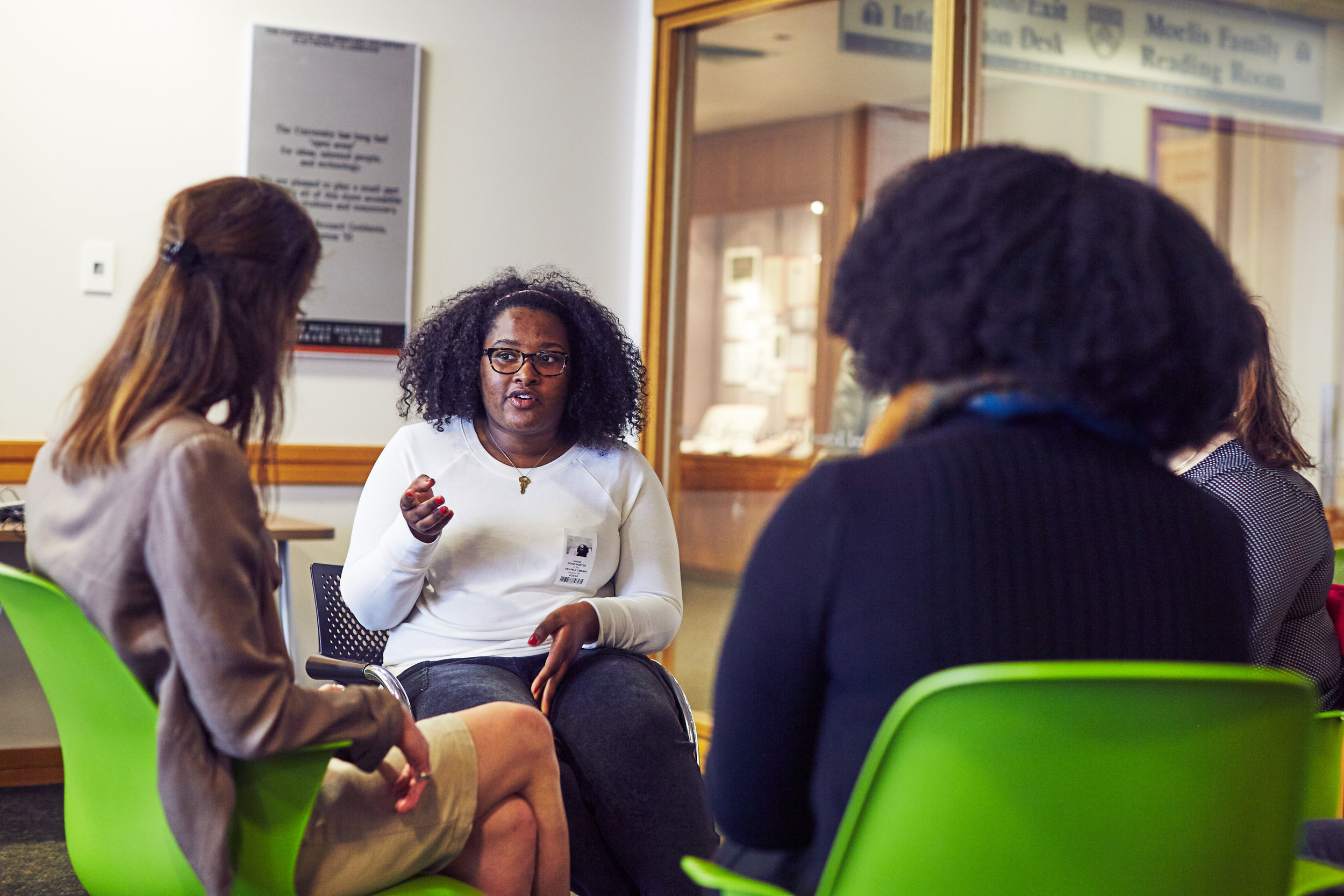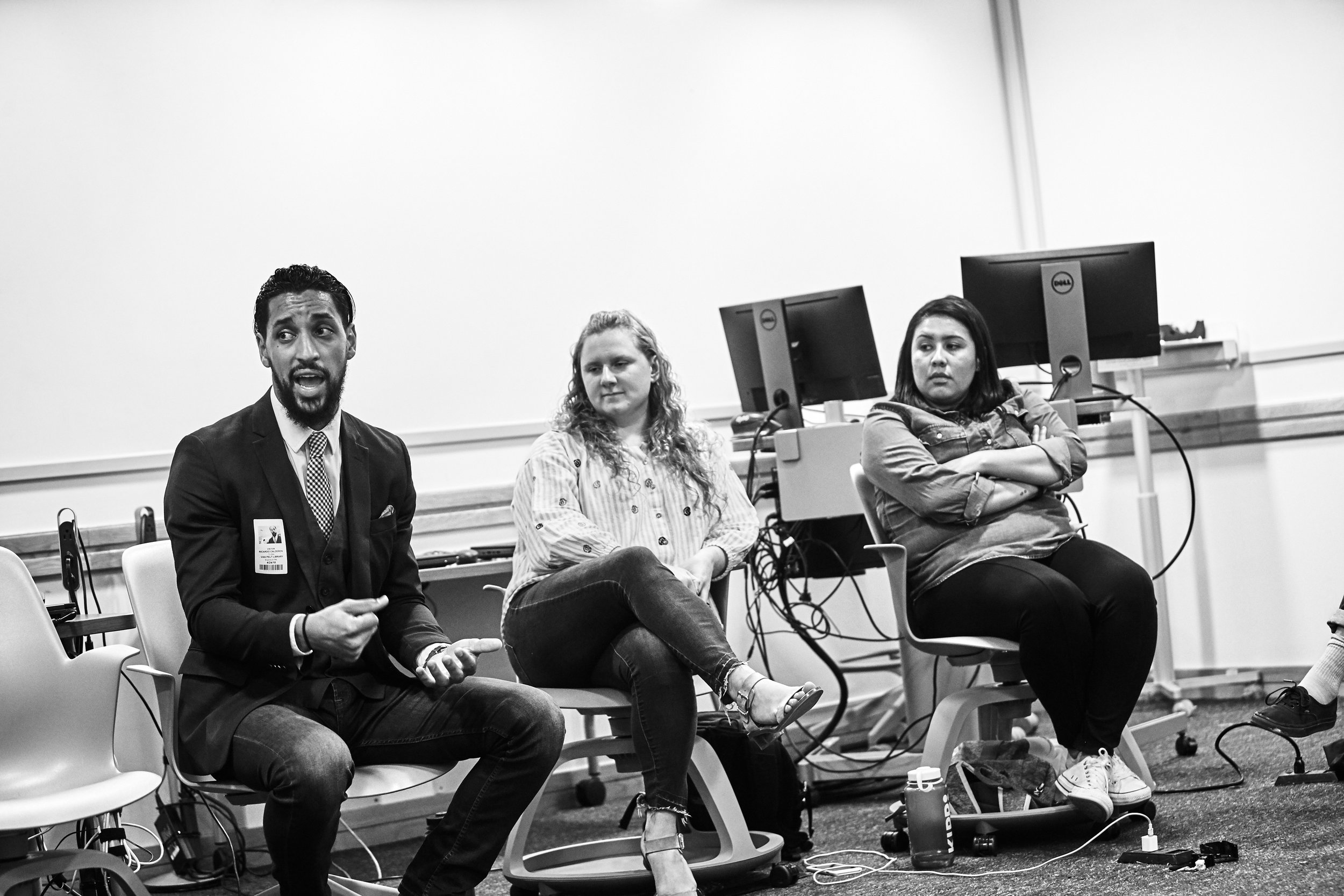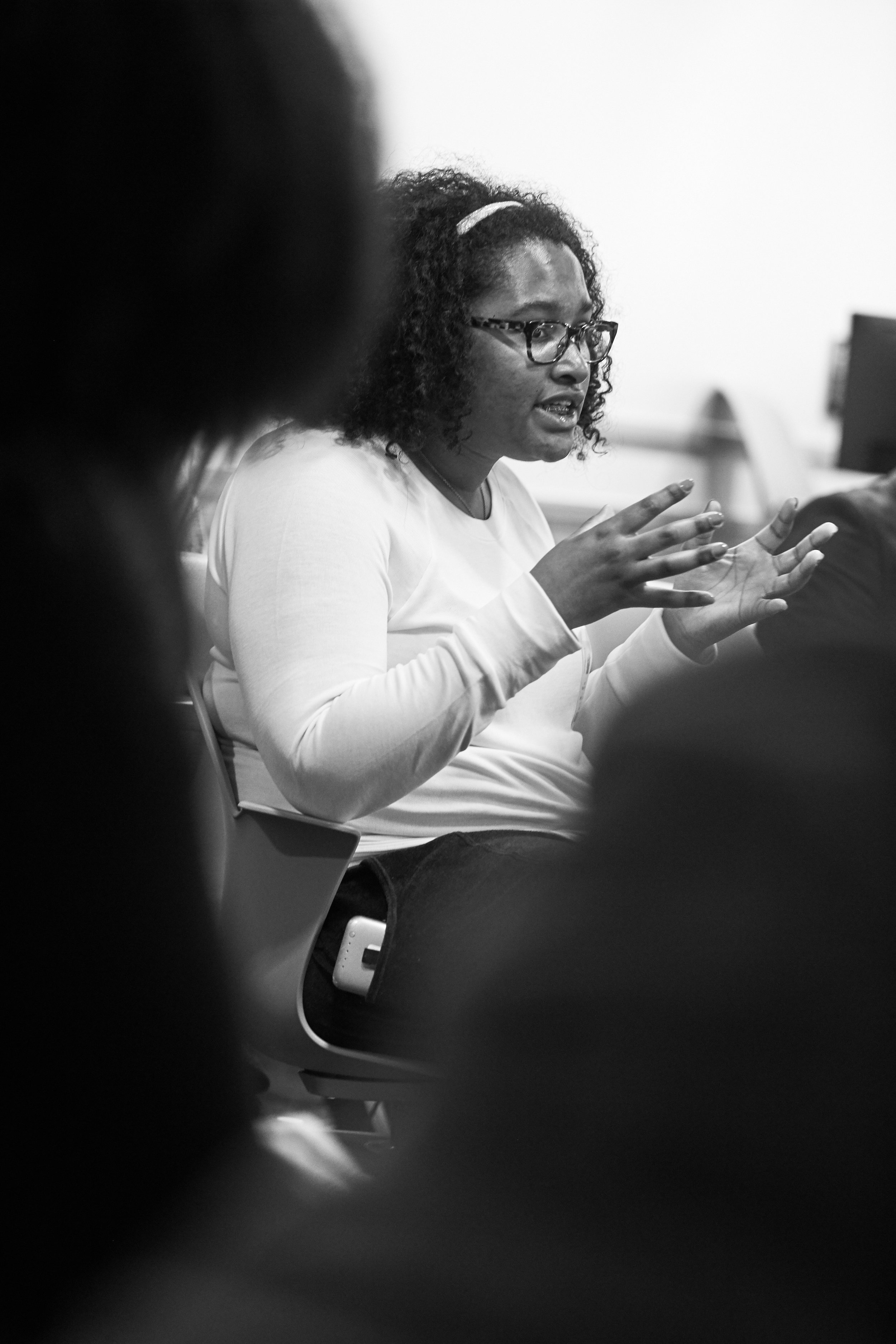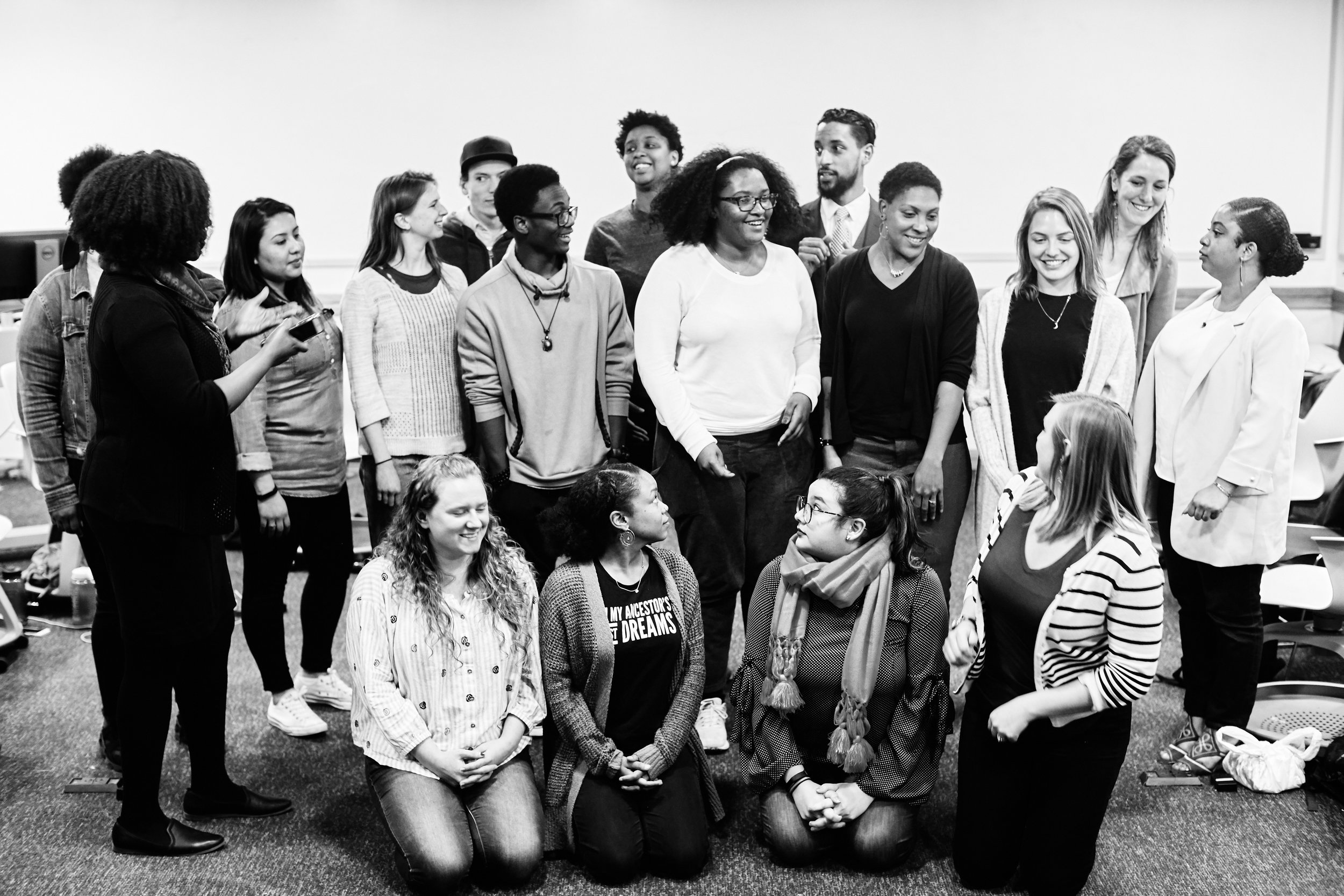Black and Brown Activism in Education
This working group explores the critical student activist work by black and brown students. Separated into two weeks we explore both activism in K-12 spaces, as well as the work done by higher education students. Topic explored include the fight for cultural spaces, a recent controversy at Penn Law, and the role of youth organizing as a developmental context for black and latinx adolescents.
Podcast
In this ABC podcast episode, Philly in Focus: Student Activism, we discuss Philadelphia as a center of student activism. Exploring past and present activism we delve into the 1967 Student Walkouts we meet with Dr. Walter Palmer. Moving into contemporary times we discuss the recent Amy Wax Law controversy, and finish with a dynamic conversation with a current high school student activist and co-creator of UrbED.
Week 1: Beyond K-12 | Readings
Topic: Campus climate
Racial Climate
The Voice of Reason: A Qualitative Examination of Black Student Perceptions of Black Culture Centers. Lori D. Patton ( 20pgs)
Rankin, Susan R. & Reason, Robert D. “Differing Perceptions: How Students of Color and White Students Perceive Campus Climate for Underrepresented Groups.” Journal of College Student Development. Vol. 46, No. 1, (2005). (Total: 18 pgs)
Fight for Latino Cultural Center at Duke
Topic: Modern Activism
Student Activism Call: TEDex @ MSU (9 min) (Allysen) (https://www.youtube.com/watch?v=mIqFuSUVXQA
“The Other Student Activists” https://www.theatlantic.com/education/archive/2015/11/student-activism-history-injustice/417129/ (Allysen)
Supplemental Readings
Harper, Shaun R., Patton, Lori D., & Wooden, Ontario S. “Access and Equity for African American Students in Higher Education: A Critical Race Historical Analysis of Policy Efforts.”Journal of Higher Education, 80 (4), 389-414.
Student Perceptions of Campus Cultural Climate by Race, Journal of Counseling and Counseling Development
Week 1: Beyond K-12 | Class
Opening Activity: Gallery Walk & Defining Key Terms
The first class opened with a gallery walk: a combination of images taped to the walls, and key terms written on the white boards, invited students to respond with their own definition,s questions, examples and contentions of the following topics:
White Privilege
Safe space
Black / Brown
Diversity
Activism
The carousel slider below displays images used for the gallery walk.
Discussion and Provocation
Following the Gallery Walk exercise, the working group led a discussion debrief of key terms.
Following, the class screened a ten minute clip from “Safe & Sound”, an episode of the TV Series Grownish. This clip provoked conversation on the nature of college activism, identity politics, and the construction of activist identities on higher education campuses.
Debate
Following break, the class was divided into two halves and asked to debate a question. One half was assigned taking a for- stance, the other against. The question of the debate was:
Do we need cultural groups / safe spaces on campus?
The group assigned an in-favor stance took the argument that “yes, safe spaces are needed on college campuses.
The group assigned an against stance chose to subvert the debate arguing that, “No, safe spaces are not enough, we need counter spaces / activist spaces.”
After final arguments and judging, time was set aside to process the debate and its connection with the week’s readings
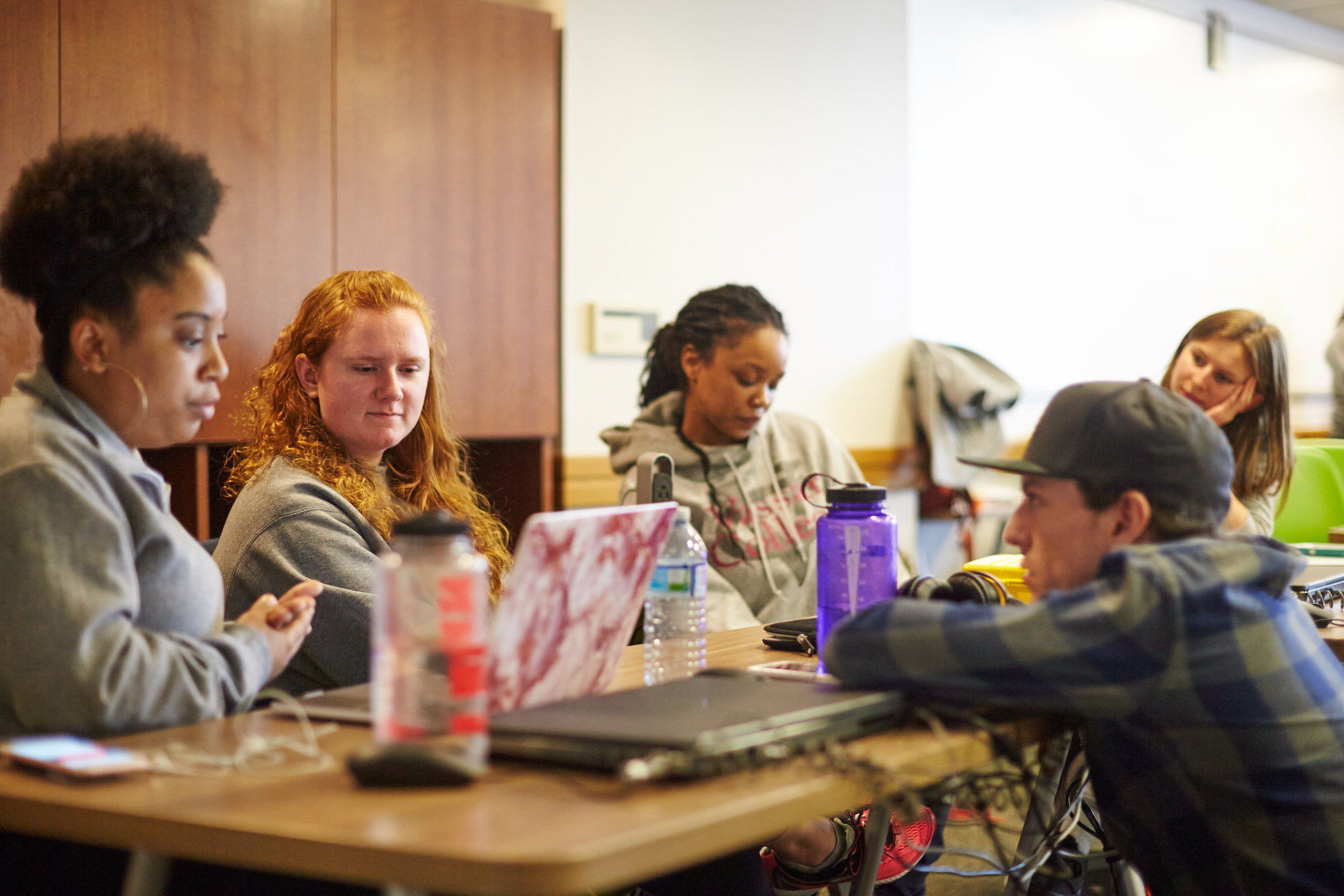
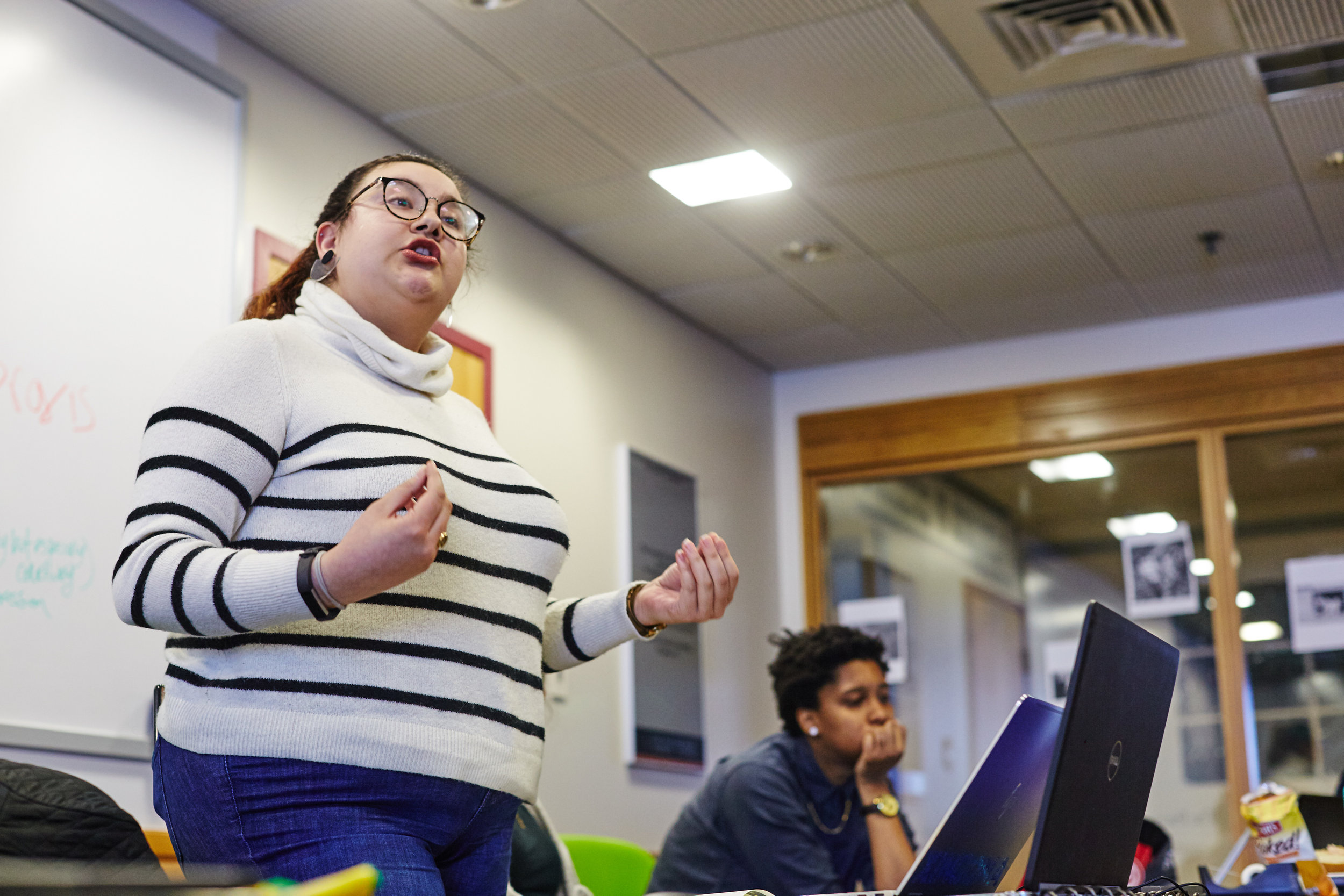
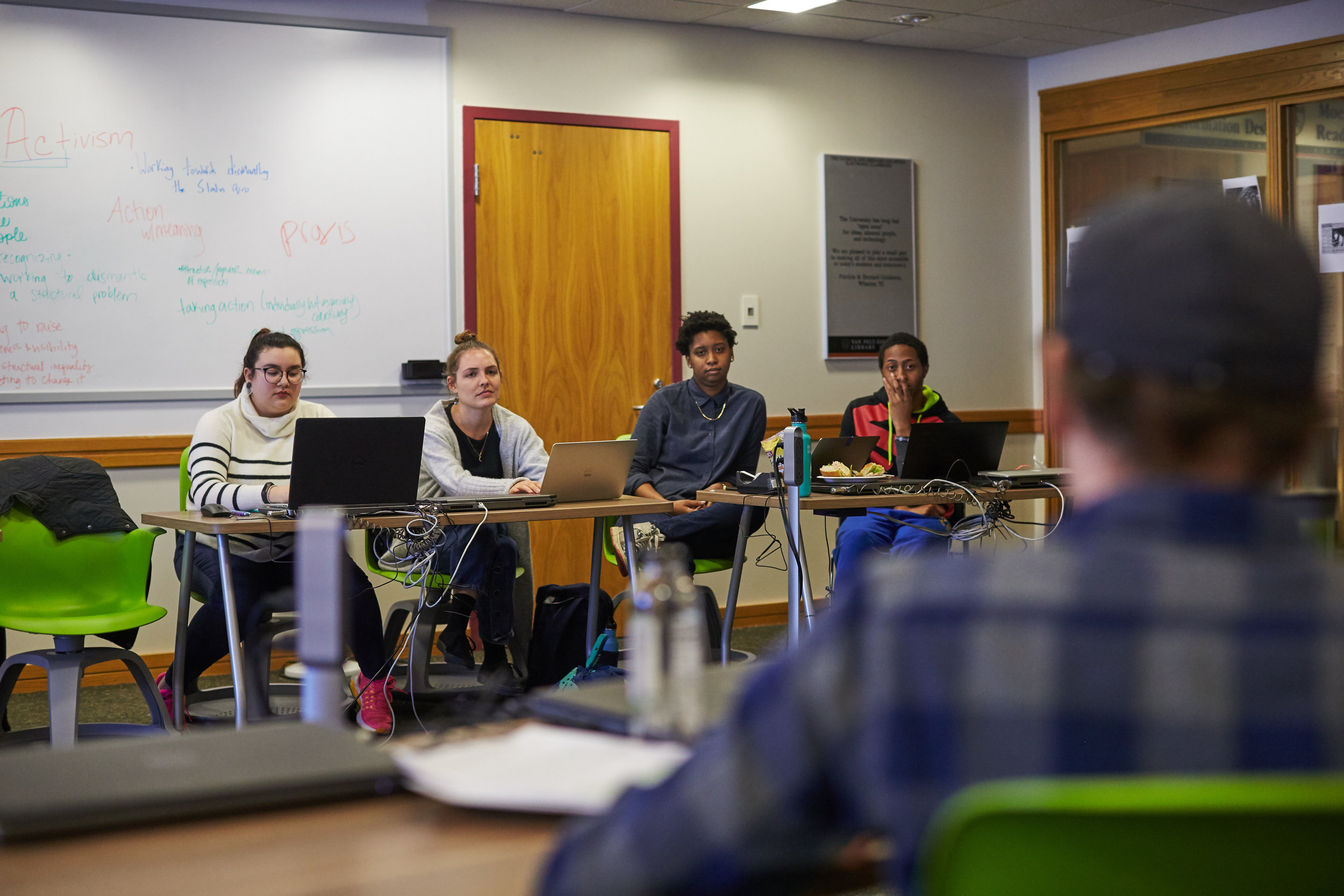
Week 2: K-12 | Readings
Topic: School Segregation / Inequality in Schools
Klein, Rebecca. “Latinos Face Incredible School Segregation, And No One Is Doing Anything About It.” The Huffington Post, TheHuffingtonPost.com, 26 Oct. 2015, www.huffingtonpost.com/entry/latino-school-segregation_us_561d70a5e4b050c6c4a34118
Documentary: Walkout- The True Story of the Historic 1968 Chicano Student Walkout in East L.A. https://www.democracynow.org/2006/3/29/walkout_the_true_story_of_the (60 mins)
Emilie Siddle Walker (1993) Caswell County Training School, 1933–1969: Relationships between Community and School. Harvard Educational Review: July 1993, Vol. 63, No. 2, pp. 161-183. (Total: 22 pgs)
Kirshner, B. and Ginwright, S. (2012), Youth Organizing as a Developmental Context for African American and Latino Adolescents. Child Dev Perspect, 6: 288–294. (5 pages)
Oakes, Jeannie, John Rogers, and Martin Lipton. Learning Power : Organizing for Education and Justice. New York: Teachers College Press, 2006. (Chapter 4 - “Futures: Students Disrupting High School Inequity” p. 43-69)
Supplemental Readings
Ryan Evely Gildersleeve & Brenda Jimenez Sifuentez. Latino/a Youth Activism in Higher Education: A New Materialist Analysis of the Latino Graduation Ceremony https://academyedstudies.files.wordpress.com/2017/10/gildersleevesifuentezfinal.pdf
Week 2: K-12 | Class
The Working Group invited guest speakers from three youth “activist” organizations to share their knowledge and experiences. These organizations were (1) Urban Education Advocates, (2) the Girls Justice League and (3), the Philadelphia Youth Commission. To introduce the groups to the a whole class, the working groups asked the guest:
What group are you here representing and what is your role in that group?
Discussion Groups
How did get involved with student activism either as a supporter or current student activist?
What is challenging about the work that you do?
Talk about a recent event that your group was a part of or organized. How was this even representative of your work?
What past activist events/ movements most influenced or inspired your current work?







